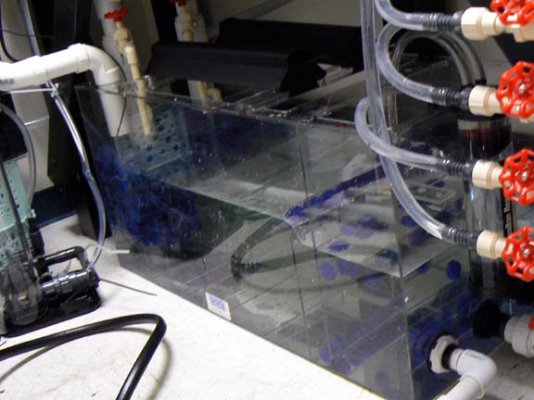Hi,
I am planning a 120 gallon sw tank that I expect to stock with fish, corals and invertebrates. I am looking for suggestions on models of the following equipment:
RO/DI unit
submersible pump (to sit in sump for wet/dry filter)
power heads (also, how many are needed)
Water test kit
I plan on getting the turbofloater 1000 protein skimmer.
Can someone provide suggestions on models that will work well in my planned setup?
Lastly, the tank itself is a 120 gallon All Glass that is 48 inches long and 24 inches wide. Any suggestions on lighting?
I am planning a 120 gallon sw tank that I expect to stock with fish, corals and invertebrates. I am looking for suggestions on models of the following equipment:
RO/DI unit
submersible pump (to sit in sump for wet/dry filter)
power heads (also, how many are needed)
Water test kit
I plan on getting the turbofloater 1000 protein skimmer.
Can someone provide suggestions on models that will work well in my planned setup?
Lastly, the tank itself is a 120 gallon All Glass that is 48 inches long and 24 inches wide. Any suggestions on lighting?

